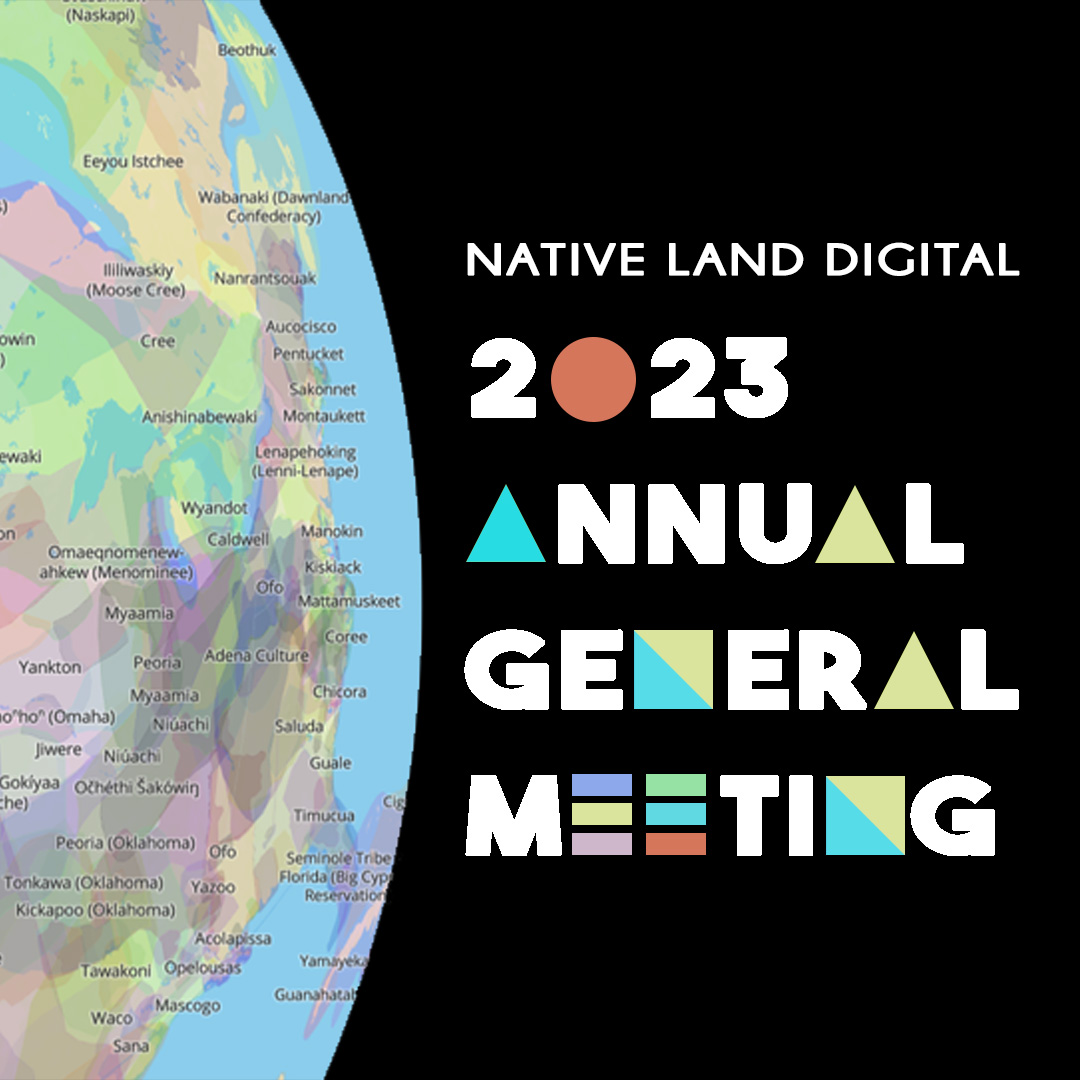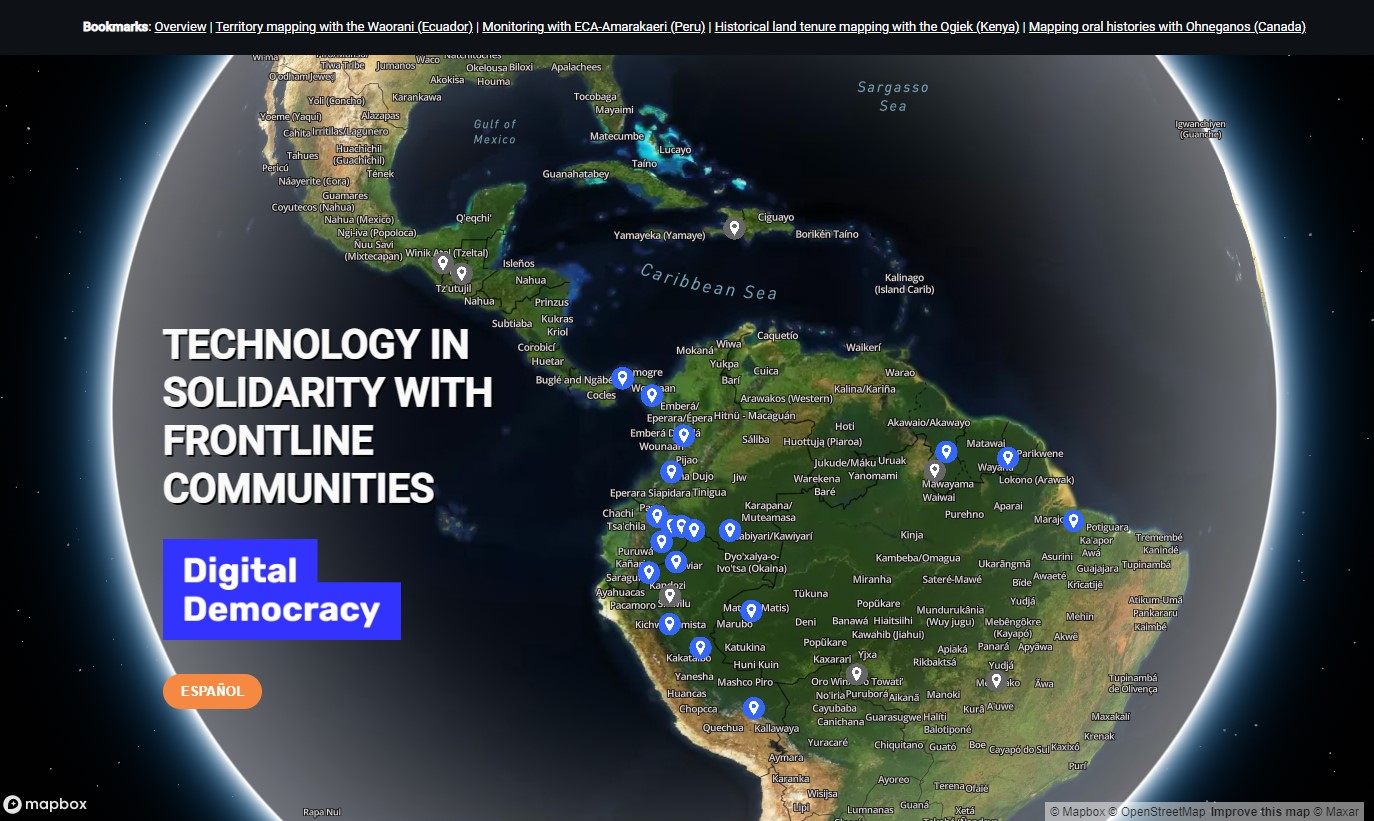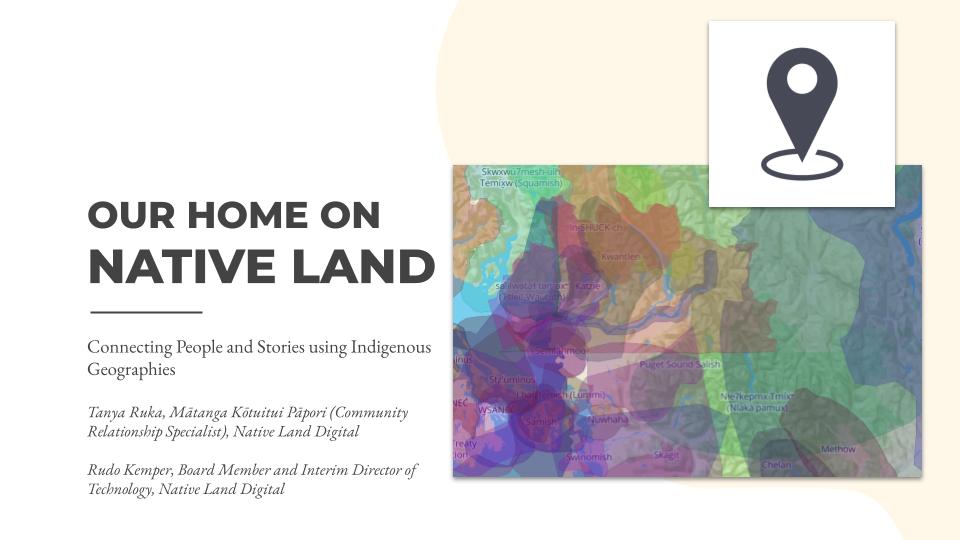(This is a guest blog written by The Gordon Foundation.)
Since 1975, 26 modern treaties have been signed in Canada. Treaties are a significant part of Canadian history, present and future, and learning about treaties is a key part of the Truth and Reconciliation Commission of Canada: Calls to Action. Modern Treaties also play an important part in implementing the rights affirmed in the United Nations Declaration on the Rights of Indigenous Peoples (UNDRIP). Today, modern treaties recognize Indigenous ownership of more than 600,000 square kilometers of land.
Indigenous youth have a vital role to play in implementing modern treaties; however, there is a lack of knowledge about these agreements across Canada. Some of the earlier agreements were negotiated many years ago. As such, the knowledge and experience of the treaty negotiators, Elders and Knowledge Keepers who understand the spirit and intent of the agreements is at risk of being lost. Losing this knowledge could have unintended effects on the gains modern treaties are intended to make in areas such as resource rights, self-governance and environmental stewardship. It is vital that this knowledge is preserved and transferred to younger generations.
In 2017, The Gordon Foundation began responding to the concerns of former and current negotiators and experts working on modern treaty implementation that Indigenous youth were not engaging in their treaties. One of the ways the Foundation responded was by organizing Treaty Negotiation and Implementation Simulations for emerging Indigenous leaders, in collaboration with various communities, organizations, and experts.
The Treaty Simulation model provides a hands-on learning experience to help participants gain knowledge and skills, along with new connections and an interest in learning more about treaties. Participants experience the realities of negotiating and implementing part of a Modern Treaty or Self-Government Agreement, or the implementation of historic treaties in the context of current events.
Hosting Treaty Simulations requires compiling several informative resources for participants to fully understand the context and nuances of the treaties they are negotiating, which is how the Understanding Our Treaties website came to fruition. Understanding Our Treaties (understandingtreaties.ca) was developed with several partners of The Foundation to engage the next generation of leaders in treaties in Canada. The website serves to support and expand the in-person Treaty Simulation model.
On the Understanding Our Treaties website, you can find a suite of resources to begin your treaty learning experience, including a comprehensive video series explaining the history of treaties in Canada, the details of negotiating and implementing modern treaties, and how you can get involved with modern treaties in your career. The website also features a Treaty Resource Collection that contains extensive learning resources from across the country.
A particularly helpful learning resource is the Native Land Map. Native Land Digital maintains a fantastic interactive map that features Indigenous treaties from across the world. With a goal to map Indigenous lands in a way that changes, challenges and improves the way people see history in their countries, the mission of Native Lands Digital aligns harmoniously with the Understanding Our Treaties goals of education and empowerment.
Incorporating the Native Land Map, particularly the Treaty feature on the interactive map, is an invaluable addition to our learning tools. For example, last year we hosted a Treaty Simulation with Qarjuit Youth Council in Kuujjuaq, Nunavik, where participants learned about the James Bay and Northern Quebec Agreement (JBNQA), the first modern treaty in Canada, signed in 1975. Using the Native Lands Map, participants could see the geography of the treaty they were negotiating in relation to other treaties. What’s more, by clicking on the map link, participants could see more information about the treaty, including a pdf copy of the JBNQA itself.
Beyond being a useful resource to Treaty Simulation participants, the treaty feature on the Native Lands Map also serves as a stark visual reminder of how expansive and encompassing treaties are across Canada. While land claims agreements affect specific areas of Canada, their impact is felt throughout the country, and they will increasingly shape the political, cultural, economic and social landscape. The Native Lands Map of treaties is an important reminder that treaties impact all of us.
Resources like the Native Land Map are incredibly useful for promoting conversations about the history of colonialism and land claims agreements in Canada. In featuring resources such as the Native Land Map on Understanding Our Treaties, we hope to continue fostering knowledge transfer and engage emerging leaders in treaties so that Indigenous rights, titles and interest are protected for generations to come.
The Gordon Foundation is a charitable organization. The Foundation is a non-Indigenous organization whose initiatives include Understanding Our Treaties, which provides experiential learning about treaties in collaboration with partners. Check out understandingourtreaties.ca to learn more.
Want to be featured as a guest on the native-land.ca blog? Send us an email and share how you or your organization are working the data into projects to increase Indigenous awareness and educational resources for your community.
Email: [email protected] with GUEST BLOG POST in the subject line.





